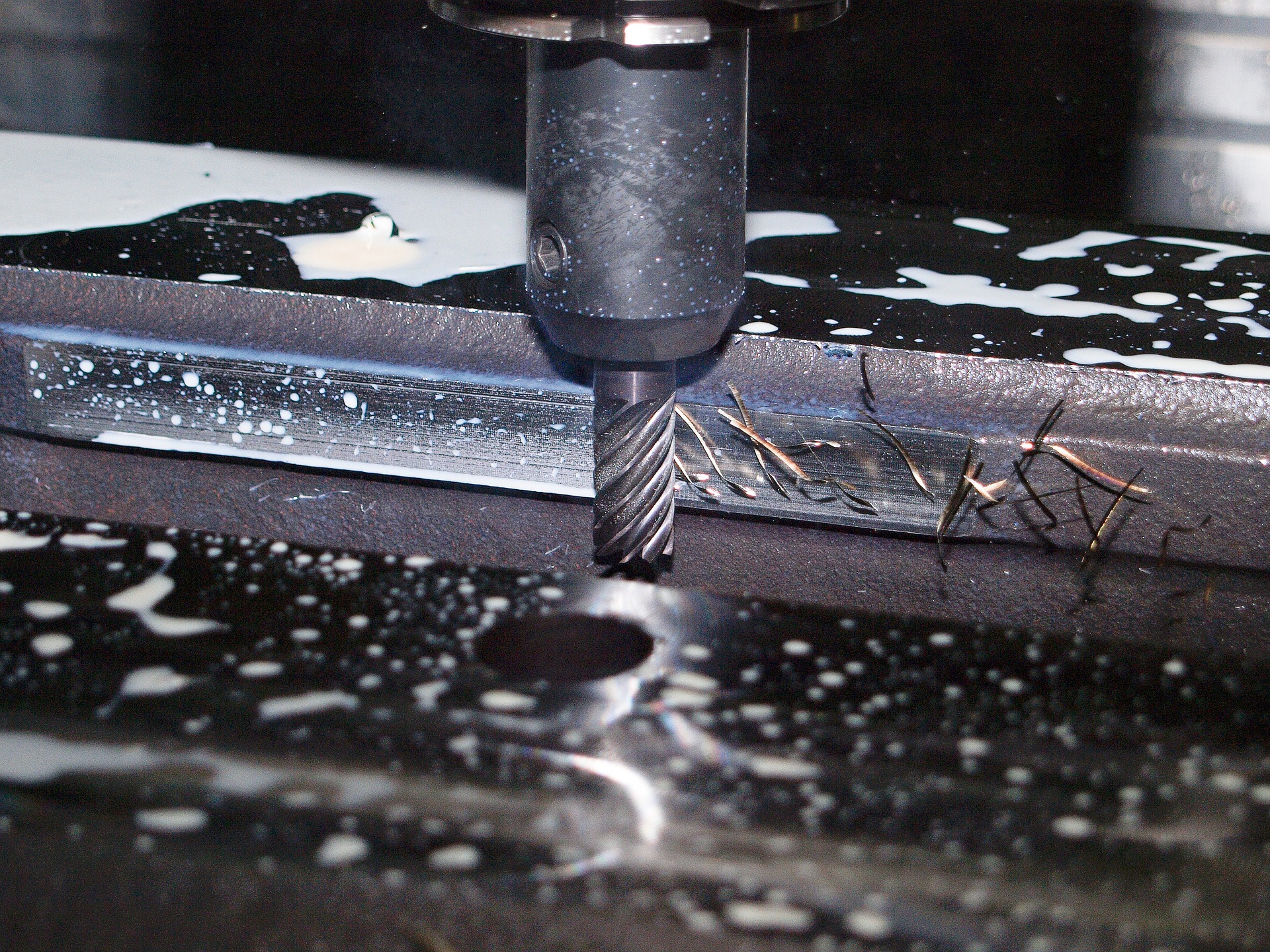
By Theo Saville, Co-Founder & CEO, CloudNC
The US government’s latest round of manufacturing tariffs is a clear signal: it wants more domestic production, more resilient supply chains, and a stronger industrial base at home.
Whether you agree with the tariffs or not… and at the time of writing, the reception is mixed at best! - the underlying goal of revitalising US manufacturing has a solid block of support. The question is: how do we make it happen?
Because revitalising American manufacturing isn’t just about trade policy. It’s about capability and capacity. It's about giving factories - and the skilled people who work in them - the tools they need to produce faster, more flexibly, and more competitively than ever before.
And in that conversation, technology - especially AI built for the factory floor - is a game-changer.
From strain to opportunity: manufacturing at a crossroads
Let’s be clear: the challenges are real. Global supply chains are under strain. The skilled workforce is shrinking (we’ve been talking about the skills gap in manufacturing for so long that it’s no longer a gap - it’s a chasm). And while demand for precision components - from aerospace to automotive, energy to defence - is rising, many manufacturers are struggling to keep up.
Domestic production can’t grow if it doesn’t have the capacity, the people, or the speed to meet demand. That’s where smart technology steps in - because if we want to reshore more effectively, we need to scale capability, not just intention.
At CloudNC, we’ve spent the last nine years building CAM Assist, an AI solution that automates the most complex and time-consuming part of CNC machining: programming. Where it might have once taken a skilled engineer hours or even days to program a component, CAM Assist can now help them do the same job up to 80% faster.
That time saving doesn’t just improve margins: it improves throughput, and unlocks capacity. It allows experts to focus on higher-value problems, and helps junior staff become productive faster.
And we’re not alone in this space. Across the industry, there’s a quiet revolution happening:
- Bright Machines is deploying AI-powered microfactories that bring adaptability and automation to small-batch manufacturing.
- Oqton, backed by GE, is helping unify additive and subtractive workflows, giving manufacturers real-time, intelligent insights across their operations.
- Paperless Parts is applying automation to the quoting process, one of the biggest time sucks in a factory and reducing the administrative headache of processing paperwork.
These are not sci-fi ideas or marketing gimmicks. These are deterministic, robust tools solving real-world industrial bottlenecks—and they’re being deployed today.
Why this matters for reshoring
If the aim is to increase domestic US manufacturing, then what manufacturers need most is a way to compete - on cost, on speed, on flexibility. Not just against overseas suppliers, but against time itself.
AI helps do exactly that. It doesn’t replace skilled machinists - but it multiplies their output. It doesn’t remove the need for talent: it makes talent more accessible. And it makes manufacturing at home not just a patriotic option, but a commercially smart one.
Shorter lead times. Higher productivity. Fewer errors. These are the fundamentals that make reshoring viable and sustainable - whatever the wider economic environment, and whatever is happening in the markets.
Changing perception, one factory at a time
There’s another benefit too: AI can make manufacturing cool again.
When you walk into a modern, AI-enabled factory, you’re entering a high-tech environment with clean processes, smart tools, and meaningful work. That’s how we attract the next generation of engineers and technicians. That’s how we close the skills gap. Not by romanticising the past, but by building a future they want to be part of.
Ultimately, technology isn’t a silver bullet. But it is a powerful lever: one that manufacturers can pull today to unlock immediate gains in productivity, talent utilisation, and throughput. Whether you're an SME trying to compete locally or a large-scale manufacturer looking to reduce reliance on overseas suppliers, the right AI tools can help you do more with what you have.
Policies like tariffs might help shape the macro environment. But what happens inside your factory? That’s where your competitive edge lives.
And increasingly, that edge is digital.
Let’s build smarter.


%201.png)

